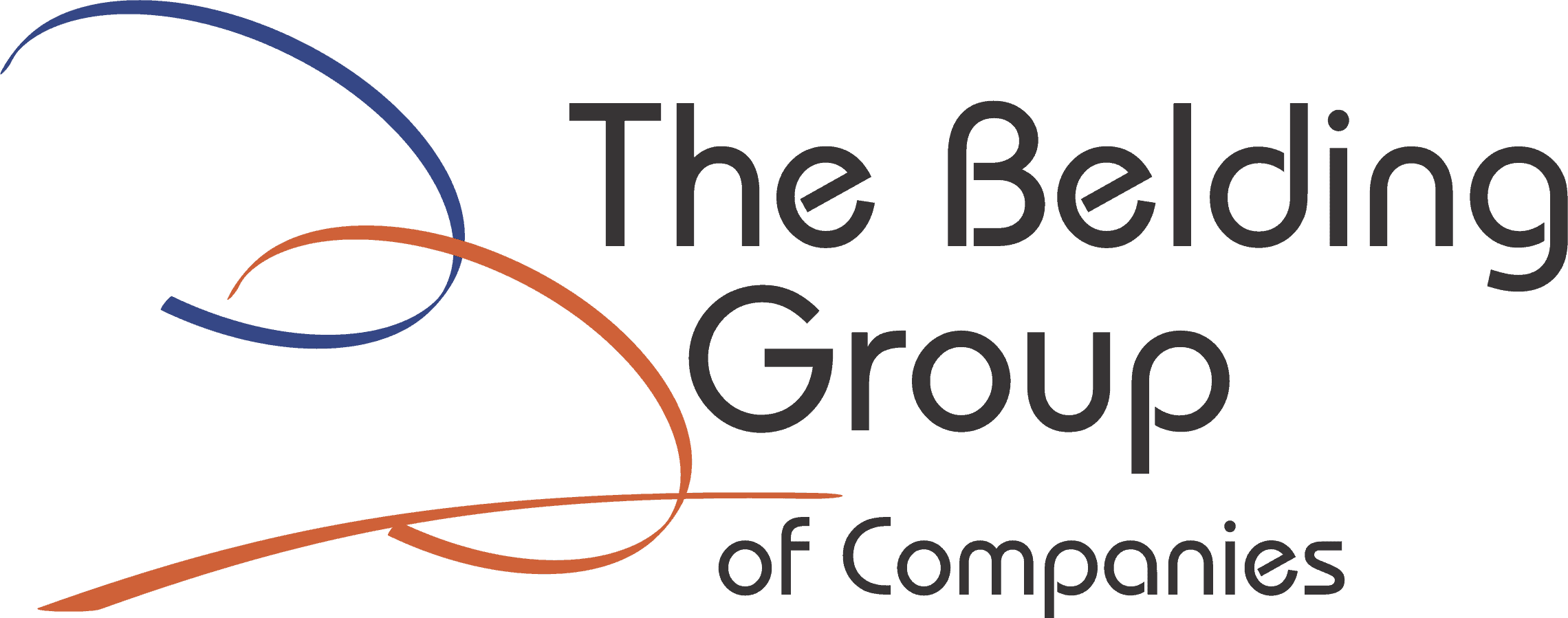Why is it some people get promoted, while other people with equal or sometimes greater skills get passed over? Why do some people’s ideas get implemented, while others fall into that giant black idea hole? Why is it some departments get slashed during economic downturns, while others actually get an increase in funding? A big part of the answer is how well you’ve sold yourself, your department and your role to the people around you.
Most of us are horrible at this. We show up, we do our jobs to the best of our abilities and hope for the best. Then we get annoyed when we discover our bosses or coworkers don’t have nearly as high an opinion of our value as we do. A great illustration of thiscan be seen in the Training & Development field. It’s a common lament in this segment of the workforce that, “training budgets are always the first to go” when times get tough. “Management just doesn’t understand,” they’ll tell you, “They just don’t see the value.”
The question they too often neglect to ask, of course, is why other people aren’t seeing the value. The answer, almost always, is because nobody in the training department had really been presenting the value in an ongoing, compelling manner.
Most high-level organizational decisions are made by weighing the cost of something against the perceived benefits. It’s a pretty simple formula. Those things with benefits that most significantly exceed their cost will take priority. Those areas where the benefits are not high, not clear, or not perceived as relevant to the organization fall by the wayside. The trick is to learn how to make a strong business case.
Imagine, for example, that you are a manager for a retail store and you want your head office to approve you hiring a new employee. Without a business case, all your head office is going to see is you wanting to add $20,000 to $30,000 worth of expenses to the business. But what if, instead, you approach it like this:
“Boss, we have all of our existing staff humming on all cylinders. But I’m seeing at least 20 to 30 people walk out of the store a week because there’s not enough people to assist them. Our average sale gives us $40 in gross profit, which means we are having over $1,200 a week of profit that were not capturing. That new employee is only going to cost us $400 a week. I think it’s worth the investment.”
Now there’s a compelling argument. The stronger a business case you can make for anything you or your department does, the greater value the organization will place on you and your initiatives. So, make it a practice to sell yourself, your team or your department. Don’t assume that others will be able to intuitively recognize your value.










